It’s a rare thing for an Architect to become a Mayor – and even rarer for an Architect to become a Knight. We (NZ) have only got a couple of benighted Architects, and there has only ever been one person who has attained both honours. Our only knighted Architect Mayor, Sir Michael Fowler, has sadly just passed away. I was not in Wellington when he was around, and only knew of him in a second-hand manner at the time, so I have asked an esteemed contributor to the site if he would like to say a few words. And lovely words they are. Read on…
This Charming Man
I moved to Wellington in 1981 – the summer after the very discontented winter of the Springbok Tour. It was pretty bleak. I’m sure they still strung those ropes on the quays to keep pedestrians grounded on windy days. There was a giant rusty scaffold where they were trying (and failing) to build the BNZ, a big hole where the post office used to be and a permanently cheerful man with a fur collar and heavy silver chains camped out on street corners, selling raffle tickets. That, they said, was the mayor.
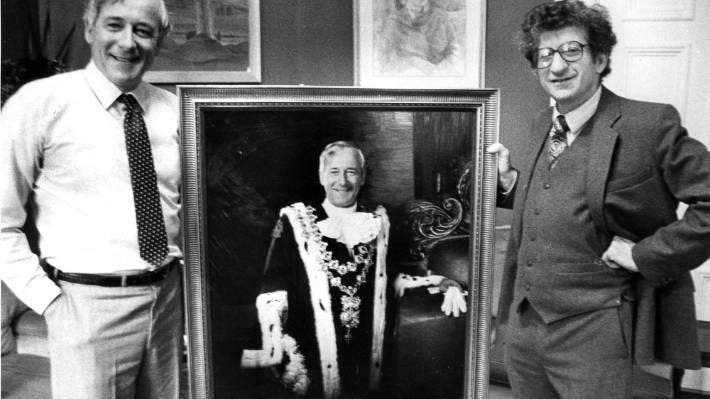
Michael Fowler was a near demonic figure to us in the 1980s inner-city, post-punk set. He embodied the smash ’em down / fling ‘em up urban renewal which was ploughing through the Edwardian capital – and he revelled in it. He was of the view that Wellington was barely more lively than a provincial city in the Warsaw Pact – and it was somehow the architecture’s fault. Multi-use city buildings? Elegant shops? Classical Revival banks? Grand waterfront warehouses? Snug corner pubs and dancehalls? Grotty band practice rooms and alternative art spaces? Liabilities.
He shamelessly played on the seismic performance rules of the day to rev up the wrecking crews, not least to clear the ground for his Grand Projet, a new town hall, officially opened in 1983 under its forever name – the Michael Fowler Centre. The raffles turned out to be financially irrelevant, but very effective politics, casting Warren and Mahoney’s debt-encumbered, brutalist merry-go-round as a grass roots community project like a scout den or a creaking steeple. To get the building finished, all kinds of fiscal shenanigans were conducted in plain sight with only a boyish mayoral grin to justify them.
There were confusing messages about modernity and modernism, baseless rumours about backhanders from developers, a sense that the city was being ruined – its character drained. But arguably the mayor did have a point. As the last years of the Muldoon junta played out, Wellington was disgruntled and dreary. Salarymen trudged down Lambton Quay in grey shoes and walk shorts. The coffee was terrible and it seemed to be illegal to drink it in the open air. However strong the case for change, though, surely Bob Jones and gimcrack Po-Mo couldn’t be the answer?
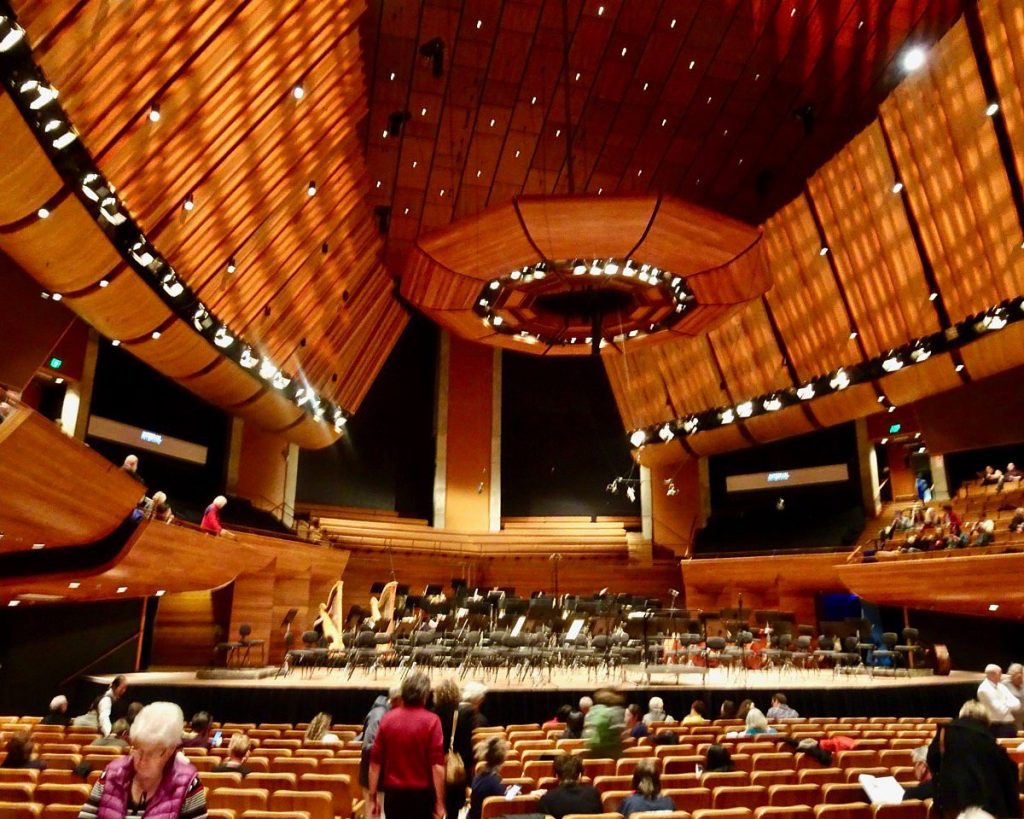
* * *
Four years later I was back in Wellington. There were still gaping holes in the streetscape and strange, thin facades where money had gone to hide. The boho joys of Suzy’s and Carmen’s were obliterated. Smith’s Bookshop was flattened and the Majestic Theatre boarded up. Only the Green Parrot remained. There was mirror glass and multi-level shopping on Lambton Quay and Willis St. Victoria St had somehow disappeared altogether. The village had been destroyed. Had it been saved?
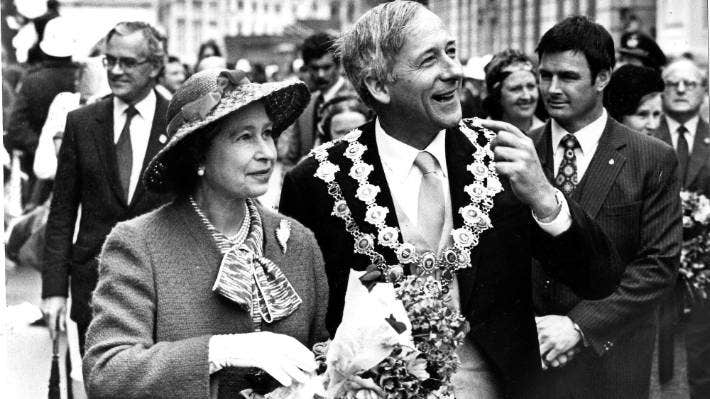
There was a public art gallery. Courtenay Place now offered more than a swig of methylated spirits in the bus shelters. Cuba St had come to terms with pedestrians. The BNZ and Beehive were finally complete. Wellington had got itself a haircut and better pants, but where was the seedy old charm?
At the end of my first week in my new job in the Athfield refurbished Old Public Trust Building, I was summoned to the Director’s office for Friday drinks. The Chairman, the recently knighted Sir Michael Fowler himself, was attending. The devil would be in the building.
Up in the corner turret, an affable Sir Michael. was introduced. “Welcome to Wellington,” he beamed. “Have they told you how to make a Chairman’s G and T?
“See that shaft of sunlight on the table? Pop the gin bottle into it. Place the tonic bottle directly between the gin and the window. Then allow the light to pass through both bottles for around 20 seconds. Now, open the gin bottle and pour me a very large one. There’s a good fellow.”
With an amiable grin he picked out the only comfortable chair amongst the mock Memphis decor and settled down to watch as I carried out his instructions.
Charmed, damn it.
Frank Stark, Director of the Gonville Centre for Urban Research
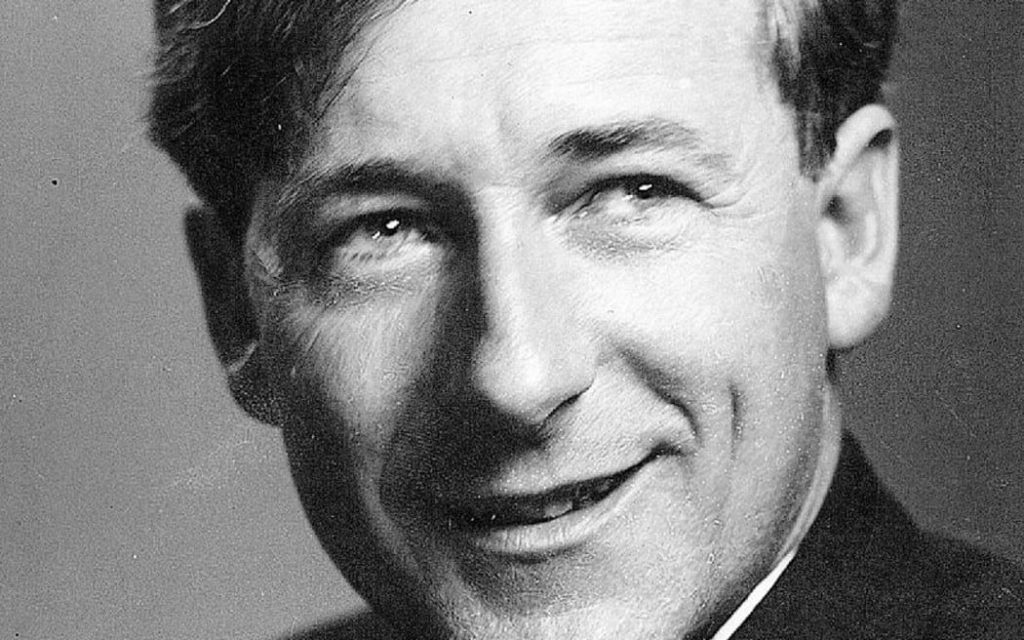
RIP

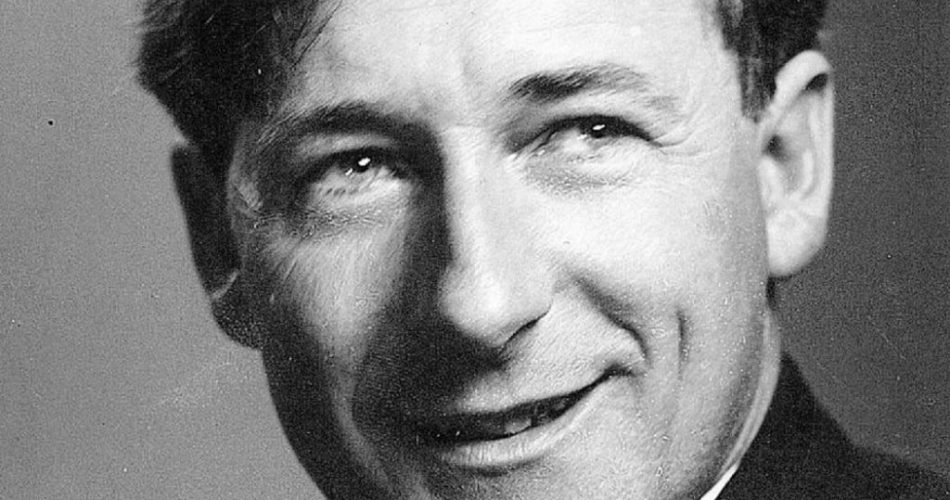



There is an obituary over on Scoop too https://wellington.scoop.co.nz/?p=145931
And an obituary on Stuff too, of course.
https://www.stuff.co.nz/national/129247409/sir-michael-fowler-mayor-who-transformed-wellington-has-died
Lovely tale Frank, beautifully told. You’re quite a wordsmith really, aren’t you?
I’ve recently started to wonder whether the seed of Sir Michael’s personal campaign against structurally dodgy Victorian and Edwardian buildings may have been planted when he had his training wheels on at Ove Arup in London? The main raison d’etre of O. Arup was to stop stuff that looked like it should fall over from actually doing so (e.g. the Sydney Opera House & the penguin pool at London Zoo) and I can imagine how this could have been drummed into him and how this might have influenced his thoughts about our commercial building stock when he arrived in Wellington. I’m old enough to remember the inner-city in the early 1970s and while we did unnecessarily lose some real gems like the old General Post Office on Featherston Street, many of the old buildings on the Golden Mile and side-streets were cheaply built and were poorly maintained. They may have had some nice facades (and its a shame more weren’t kept) but the buildings behind them were often close to crumbling.